Dawn 2003
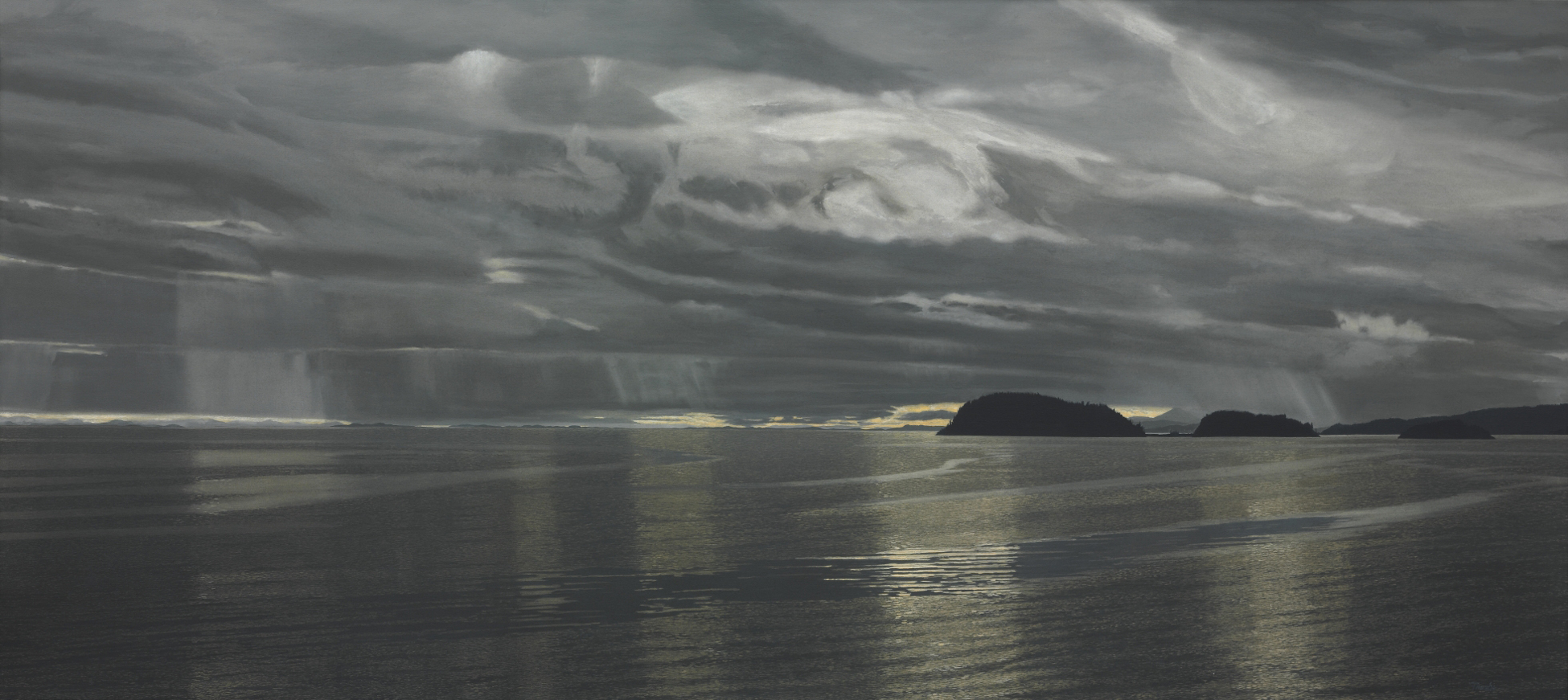
Takao Tanabe, Dawn, 2003
Acrylic on canvas, 137.5 x 304.7 cm
National Gallery of Canada, Ottawa
In Dawn, a monumental and dramatic vista of two lone islands beneath a dark sky, Tanabe captures several awe-inspiring shafts of light breaking through the moody clouds and reflecting off the ocean. The artist and curator Jeffrey Spalding (1951–2019), who was a long-time friend of Tanabe, saw this work as the quintessential example of the artist’s more recent paintings of the British Columbia coast, which demonstrate his intimate knowledge of that province’s magnificent geography. In Tanabe’s words: “If you know B.C., you know the variety of landscapes and seascapes with all the big waters all around, island, mountains, and valleys… I have painted in the Arctic and in Newfoundland. But nothing holds a candle to the variety of views that B.C. offers.”
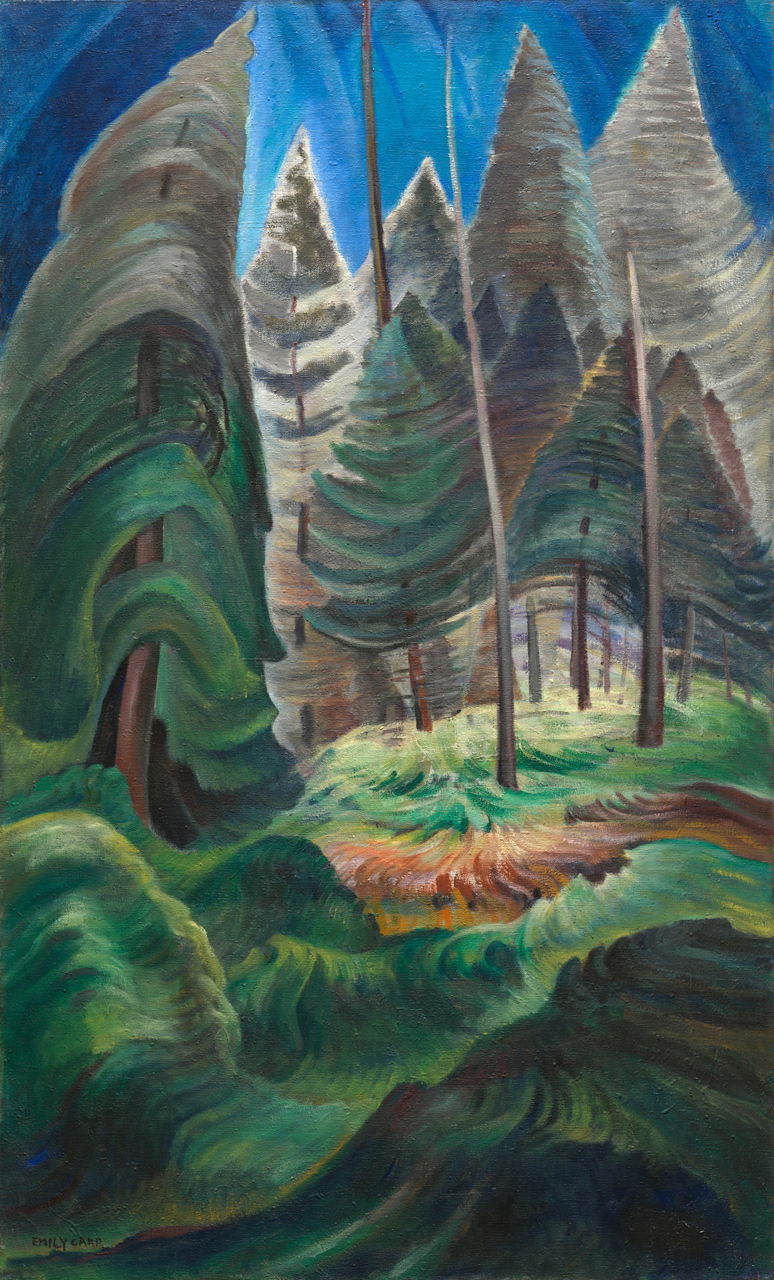
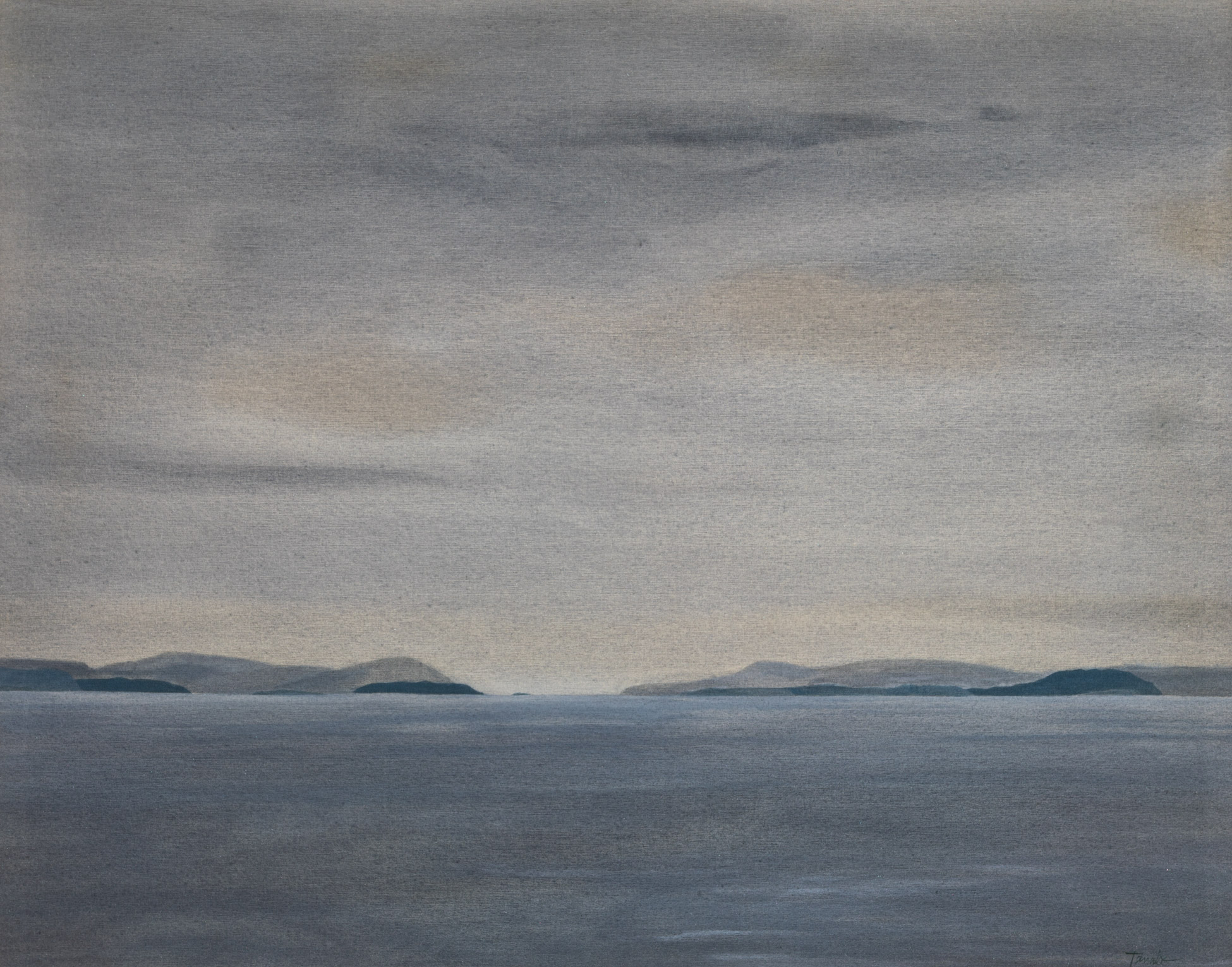
Spalding describes the operatic effect of this composition, noting how Tanabe has expertly employed one of the tropes of the Romantic tradition—“the crack in the cloud”—to great dramatic effect. “A clearing in an otherwise overcast sky allows the penetration of a shaft of light that bathes all in a theatrical spotlight: a note of divine promise amidst troubled waters.” Dawn offers a counterpoint to Tanabe’s penchant for misty, foggy, and rain-obscured landscapes, composing an image of how quickly the weather can change. There is a certain artifice to this image, but it is a magnificent and convincing artifice, and indeed it does speak to the experience of living on the coast—to witnessing the majestic passages through the Strait of Georgia from Vancouver Island to the mainland.
Tanabe has found, like his predecessors Emily Carr (1871–1945) and E.J. Hughes (1913–2007), a distinct and highly individual approach to the B.C. landscape. Whereas Carr explored the forests of Vancouver Island as a transcendent subject, and Hughes painted with a deep affection for the Cowichan Valley, Tanabe’s approach has a rightness and authenticity to it that transcends the moment and reminds us of the eternal wonder of the natural world.
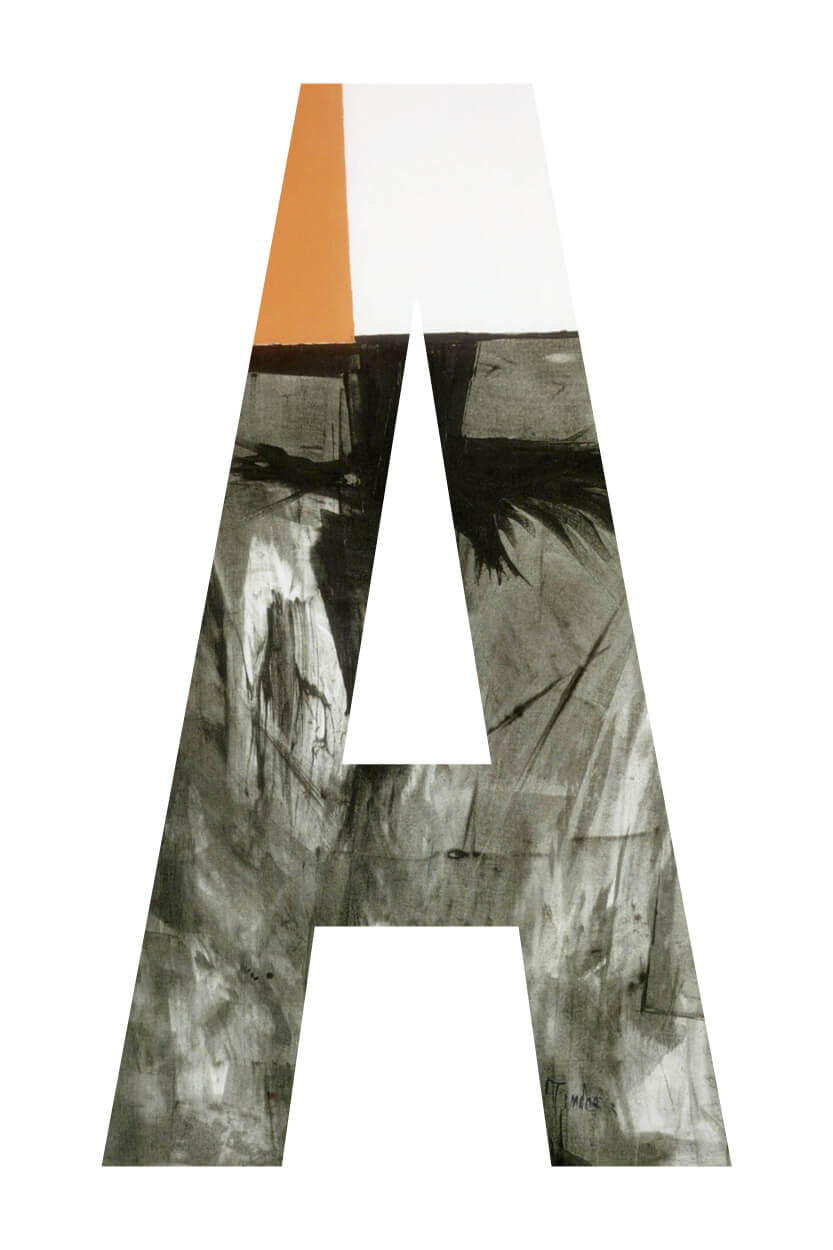
 About the Author
About the Author
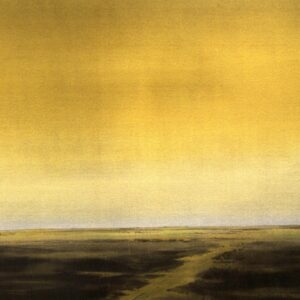 More Online Art Books
More Online Art Books
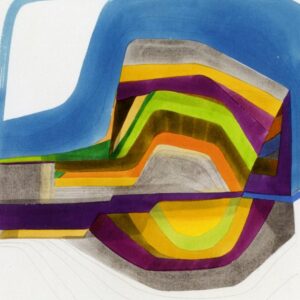 Acknowledgements
Acknowledgements